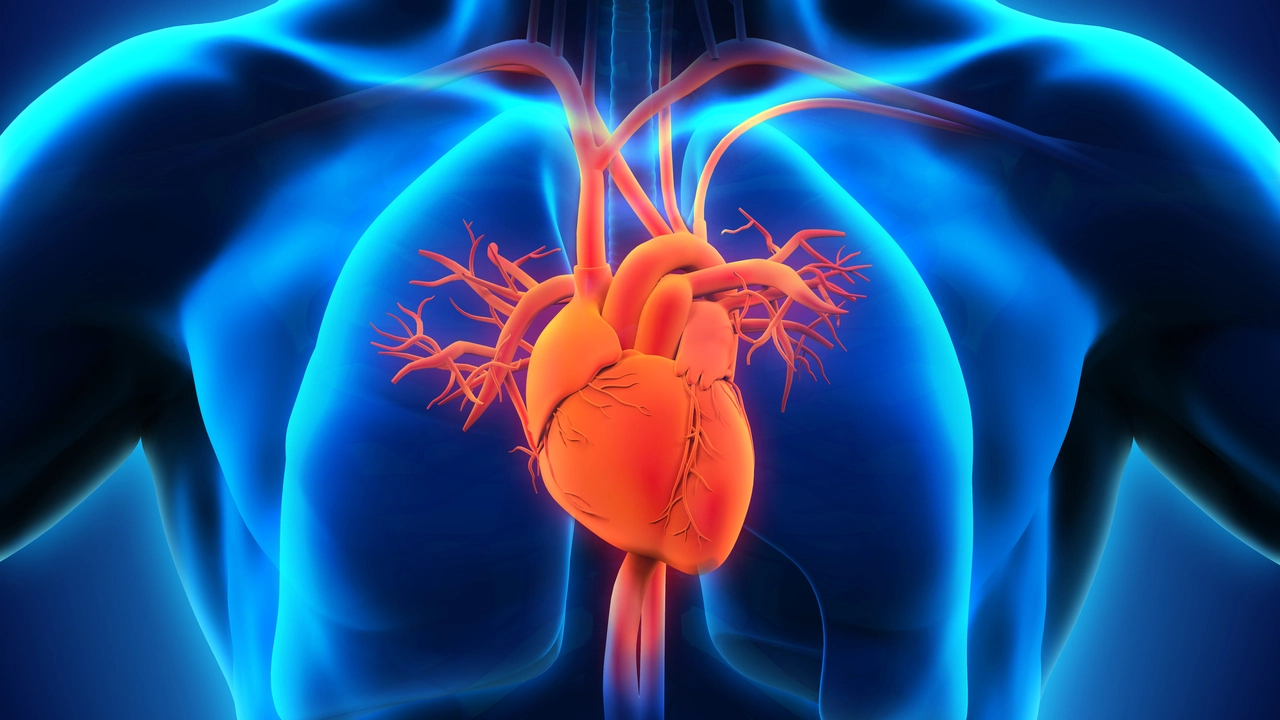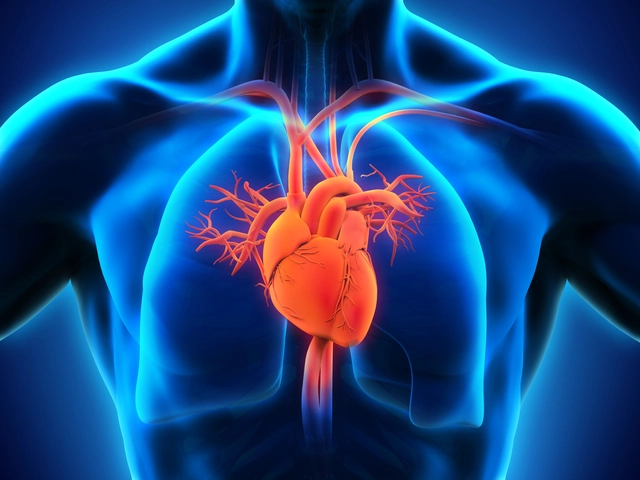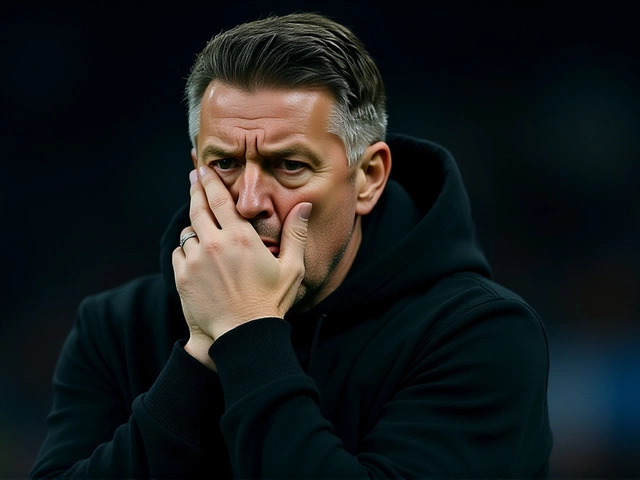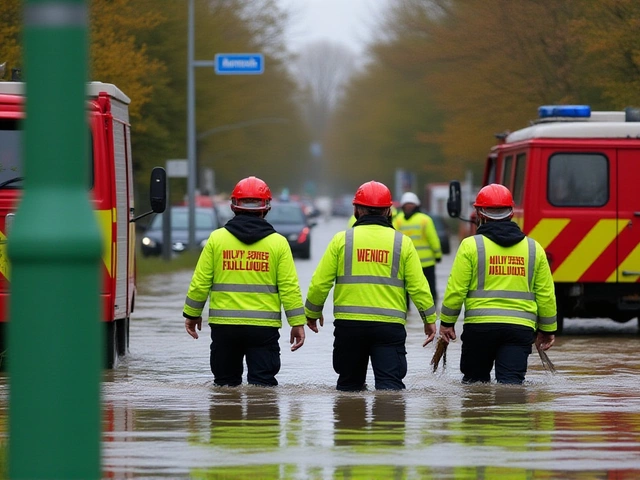Prevention: Stay Ahead of Risks in Sports and Everyday Life
When talking about Prevention, the practice of stopping unwanted events before they happen. Also known as risk mitigation, it forms the backbone of safe societies, healthy bodies, and resilient communities. Prevention isn’t just a buzzword; it’s a set of actions that cut down injuries, avoid crises, and keep people moving forward.
One major branch is sports injury prevention, techniques and habits that lower the chance of getting hurt while playing or training. Whether you’re a weekend footballer or a professional cyclist, the same principles—proper warm‑up, strength work, and smart equipment—apply. Another key area is health prevention, behaviors like vaccinations, regular check‑ups, and balanced nutrition that stop illness before it starts. Both fields share a common goal: reduce the gap between risk and safety.
But prevention doesn’t stop at the individual level. risk management, a systematic approach to identifying, assessing, and controlling threats brings the concept into organizations, schools, and even governments. Think of a city council that enforces bike‑lane standards to cut down crashes, or a dental clinic that offers free cleanings to keep cavities away. The between risk management and preventive measures is clear: you first understand the danger, then you put the right guardrails in place. Every story on this page ties back to one thread—people trying to stop something bad before it unfolds. In the activist piece about Gaza aid, the push for humane treatment is a form of social prevention: it aims to stop abuse before it escalates. The dental clinic opening inside Harrods showcases health‑focused prevention, offering early‑stage oral care that averts costly procedures later. Political headlines, like the debate over eSports acceptance, reveal cultural prevention: society tries to prevent misunderstandings by educating fans about the mental and physical demands of gaming. Sports themselves have evolved dramatically over the last century, thanks to prevention‑driven innovations. Video analysis, wearable tech, and data‑rich coaching now let teams spot injury patterns before they become setbacks. The rise of Asian players in the NFL highlights another preventive trend—targeted outreach programs that lower barriers for under‑represented groups, preventing talent loss. Even rivalries like Lakers vs. Celtics survive because leagues prevent one‑sided dominance through salary caps and draft rules. When you connect the dots, you see three core semantic relationships at work:
Below, you’ll find a curated mix of posts that illustrate prevention in action. Whether you’re after the latest on activism, dental health, sports trends, or cultural debates, each article adds a piece to the bigger puzzle. Dive in to see how real‑world examples line up with the prevention principles we’ve just covered.
Why Prevention Matters Across the Board
These triples illustrate how one concept fuels another, creating a network that touches everything from courtroom debates to bedside care.
How can one prevent cardiac arrest?

Alright folks, let's dive into the heart of the matter - how to prevent cardiac arrest! It's not rocket science, but more like a tango with your ticker. First, exercise is your heart's best friend - a brisk walk or a quick jog can work wonders, making your heart stronger than a love-struck teenager. Secondly, eat smart, because your heart needs fuel but not the junk kind; think fruits, veggies, whole grains and lean proteins. Lastly, smoking and excessive drinking are the mean kids on your heart's playground, so it's better to avoid them. So, let's keep our hearts happy and healthy, because, you know, they're kinda important!
Categories
RECENT POSTS
How can one prevent cardiac arrest?
Alright folks, let's dive into the heart of the matter - how to prevent cardiac arrest! It's not rocket science, but more like a tango with your ticker. First, exercise is your heart's best friend - a brisk walk or a quick jog can work wonders, making your heart stronger than a love-struck teenager. Secondly, eat smart, because your heart needs fuel but not the junk kind; think fruits, veggies, whole grains and lean proteins. Lastly, smoking and excessive drinking are the mean kids on your heart's playground, so it's better to avoid them. So, let's keep our hearts happy and healthy, because, you know, they're kinda important!
How to Maintain Friendships With Clients Without Coming Across as Unprofessional
Learn how to build genuine, lasting relationships with clients without crossing professional boundaries. Real tips on warmth, boundaries, social media, and when to say no.
Crystal Palace 2-0 Wolves: Edwards’ Debut Ends in Defeat as Palace Surge to Fourth, Wolves Hit Historic Low
Crystal Palace beat Wolves 2-0 at Molineux, with goals from Muñoz and Pino, leaving Wolves winless in 12 Premier League games — their worst start since 1930 — while Palace surge to fourth place.
£11.4 Million UK Lotto Jackpot Rolldown Boosts Winners on July 26, 2025
The £11.4 million UK Lotto jackpot rolled down on July 26 2025, upping prizes for 1.6 million winners, while the Thunderball draw hit a £500,000 top prize.
Storm Claudia Floods Monmouth, Wales, Closing Roads and Schools Amid Emergency Operations
Storm Claudia triggered severe flooding in Monmouth, Wales, forcing school closures and road shutdowns as Monmouthshire County Council warned residents to avoid the town. Aerial footage confirmed the town was underwater, with landslides and bridge failures complicating emergency response.




